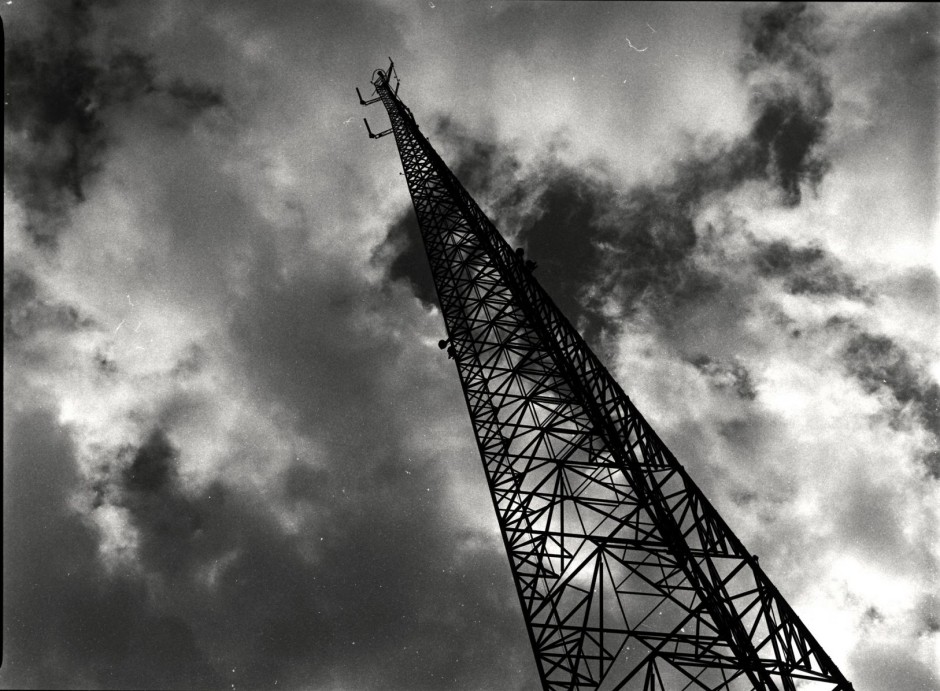What the heck is a Stingray? (And what does it have to do with my privacy?)
A growing concern in the privacy world, the surveillance device nicknamed a “Stingray”, is an invasive technology that threatens to undermine the privacy of anyone with a cell phone.
A version of this article by our Laura Tribe was originally published by Common Ground magazine, and by Rabble.ca.
You may not be aware that a device named after an unusual sea creature poses a serious threat to your cell phone – but I assure you, it does. A growing concern in the privacy world, the surveillance device nicknamed a “Stingray” (technically known as an IMSI-catcher), is an invasive technology that threatens to undermine the privacy of anyone with a cell phone.
A small device about the size of a briefcase, Stingrays are used by some law enforcement agencies to simulate cell phone towers, and trick nearby mobile phones into connecting to them and exposing sensitive personal information. That includes revealing your phone’s location, as well as recording incoming and outgoing phone calls. That isn’t bad enough? The Stingray can also intercept your text communications, and even extract the encryption keys you use to protect your data.
Incredibly invasive? Yes. But the problem with Stingrays doesn’t stop there. They’re also indiscriminate. Stringrays use blanket surveillance on everyone in a given geographic location, without any clear targeting. Entire neighbourhoods could be blanketed.
Are you caught up within the Stingray’s radius? Your information is being captured. It has nothing to do with any reasonable expectation of guilt – just your geography. Just as a cell phone tower connects with all nearby phones, so does the Stingray. They can be capturing information from homes, offices, or parks. Wrong place, wrong time? You’re going to be included in the sweep.
This means you don’t have to be the target of an investigation to be spied on. By definition, innocent citizens are inevitably caught up in the Stingray’s dragnet. And, perhaps worst of all, you won’t even know if you’re a victim.
One of the challenges with Stingrays is that there is little information about the full extent to which these devices are currently in use. But we do know that they are being used. The NYPD recently revealed these devices have been used over 1,000 times since 2008. Canada’s own RCMP, Ontario Provincial Police, and the Vancouver Police Department have all refused to answer requests for information on the subject.
Worse yet, we don’t know how this information is being used, how long it’s being stored for, and what protections are in place to ensure it is not being abused. It’s bad enough to collect all of this information about innocent citizens. Failing to ensure it’s being treated appropriately only makes things worse.
As we increasingly find ourselves under more and more surveillance, with our privacy under attack from what feels like all sides, is all lost? No. We don’t yet know how common Stingray usage is in Canada, and we still have a chance to stop this before their use becomes more widespread.
Transparency is the first step. We need to know if, when, and where these technologies are in use, to be able to demand accountability of our law enforcement agencies. We need to understand the facts to ensure our right to privacy is being protected, and that authorities are being held accountable for this type of surveillance.
That’s why, at OpenMedia, we’re intervening alongside a number of other pro-privacy organizations at an upcoming case to be heard by the B.C. Privacy Commissioner. We’re asking the Commissioner to rule that police must come clean about whether, and how often, they use these spying devices. The case will be heard later this month, and you can check out our website or follow us on Facebook for latest developments.


 Take action now!
Take action now!
 Sign up to be in the loop
Sign up to be in the loop
 Donate to support our work
Donate to support our work